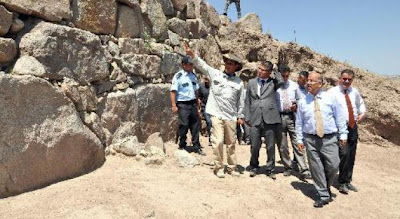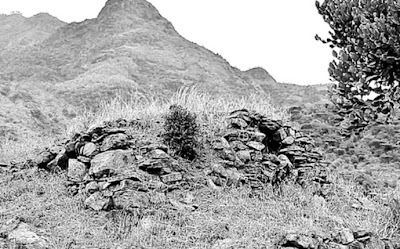Research by archaeologists at the University of Southampton and the Natural History Museum Vienna will be showcased in London at a special prehistoric fashion show event – staged as part of an international Humanities festival, ‘The Time and the Place’.
Clothing and jewellery displayed on the catwalk will demonstrate findings of a three-year collaborative research project called ‘Creativity and Craft Production in Middle and Late Bronze Age Europe’ (CinBA).
Making the leap
The project explores how prehistoric people dressed and expressed creativity and identity through pottery, metalwork and textiles during the period 1800-500 BC.
University of Southampton archaeologist Dr Jo Sofaer, who is leading CinBA, says: “I’m interested in finding out what drove Bronze Age people to make the leap from clothing which was purely functional – to using clothes, along with metalwork and accessories, as a form of expression.
“It is well understood that the Bronze Age saw huge advances in techniques to produce clothes, pottery and metal objects, but the wealth of creativity employed when making these goods is little recognised or researched.
“The clothing collections we’ll be exhibiting at the fashion show demonstrate the intricate weaves, patterns and striking colours prehistoric people used in their dress.”
Read the rest of this article...








